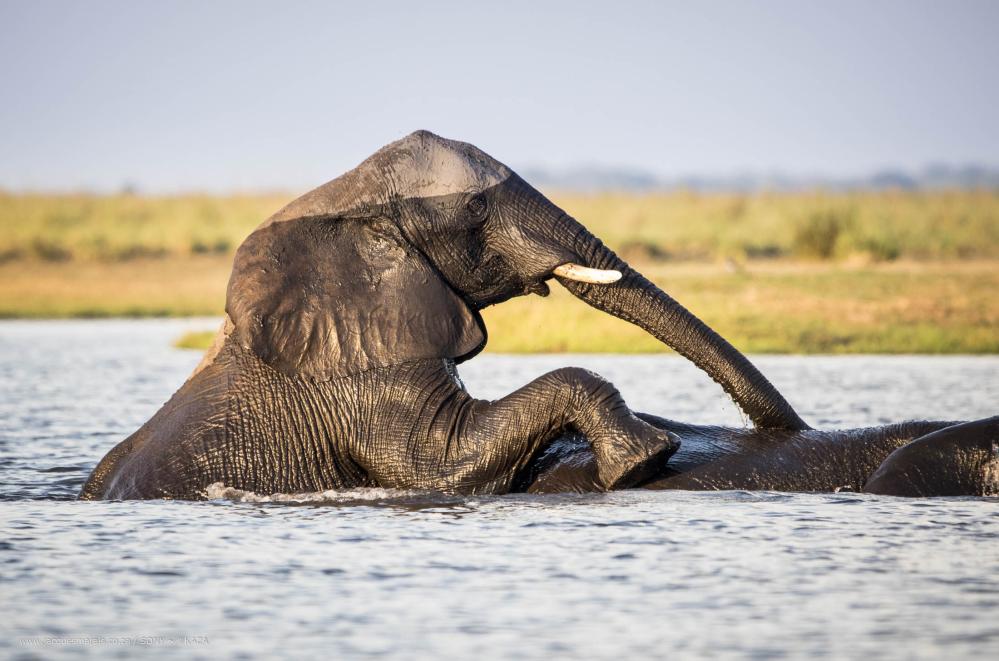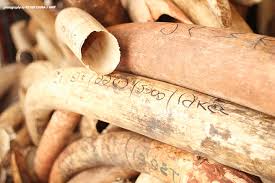
John Cassim
Southern African countries have been urged to speak with one voice regarding the lifting of the ivory trade ban on countries like Zimbabwe. Officials attending the Southern African Development Community – Transfrontier Conservation Area (SADC-TFCA) conference have made this call ahead of the CoP20, which will be held in November 2025 in Samarkand, Uzbekistan.
Zimbabwe argues that its elephant populations are growing by 5–8% annually (an unsustainable rate for available habitat) and has stockpiled about 130 tonnes of ivory (worth an estimated US$600 million). However, the international ban on ivory sales under the Convention on International Trade in Endangered Species of Wild Fauna and Flora (CITES) remains in place, limiting revenue for conservation and fuelling debate on sustainable use.
“The region should continue to advocate at CITES for decisions that recognize its successful elephant management, using its CITES Engagement Strategy,” urged Domingos Gove, Director of Food Agriculture And Natural Resources at the SADC Secretariat.
“We oppose one-size-fits-all policies that disregard national wildlife conservation or management successes and local community livelihood considerations.”

This follows a similar call by Zimbabwe’s Environment, Climate and Wildlife Minister, Evelyn Ndlovu, a month ago during the CITES COP-20 Stakeholder Consultation Meeting in Bulawayo.
“We are pro-sustainable trade; therefore, we are generally against increased regulation and the curtailment of trade,” Ndlovu stated.
International trade in ivory and elephants was banned in 1989 under the Convention on International Trade in Endangered Species of Wild Fauna and Flora (CITES). One-off sales were allowed in 1999 and 2008, despite fierce opposition.
CITES regulates global wildlife trade, aiming to ensure that international trade in wild animals and plants does not threaten their survival.
However, the ongoing SADC-TFCA conference has called for member states to avoid ecological imbalances by ensuring that the carrying capacity of their TFCAs is maintained. Hence, the region is relying on decisions made at this forum to ensure equilibrium is maintained.
“TFCAs should ensure that the carrying capacity of our TFCAs is maintained to avoid ecological imbalances. It is important that the region promotes sustainable use of wildlife species populations that have recovered. And for that, it is critical that the capacity of the Region to collectively influence the decision-making process at CITES, informed by the SADC CITES Engagement Strategy, is urgently secured, so that biodiversity gains are not achieved at the expense of human lives and their livelihoods (tens of people are killed by wildlife every year in several SADC Member States, partly due to biodiversity gains) and ecosystem balance,” said Prof Andrew Nambota, from Peace Parks Foundation.
Meanwhile, Domingos Gove spoke of the gains that have brought about challenges like human-wildlife conflict.
Poaching has remained high in the region despite the drop from the 2011 rates.
“Poaching increased in 2011 but later decreased. Elephant poaching surged to a peak in 2011, when tens of thousands were killed continent-wide, and although poaching rates have declined since then, levels remain worryingly high in parts of Southern Africa. At least 8,000 African rhinos were poached in the last decade, and one rhino is still being killed nearly every day,” he lamented.
He gave an example of South Africa, which is home to the largest rhino population, but 451 were poached in 2021, directly threatening the region’s conservation gains.
In the meeting by the senior officials held on the side-lines of the SADC-TFCA, Angele Makombo N’tumba, the Executive Secretary for Regional Integration, echoed the same sentiments of member states speaking with one voice.
“Distinguished Senior Officials, it is essential that we collectively prepare for this global event to ensure that SADC’s voices are heard, and our regional priorities are addressed on the global stage. This includes not only addressing issues related to wildlife conservation but also ensuring the effective management of endangered species and strengthening our collective position on global wildlife trade and conservation,” she said.
